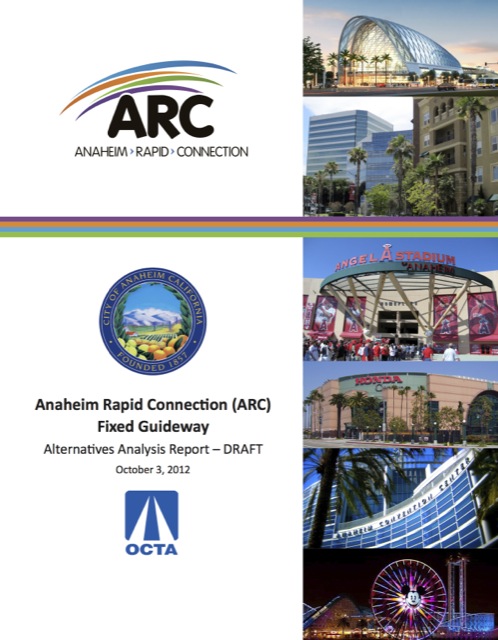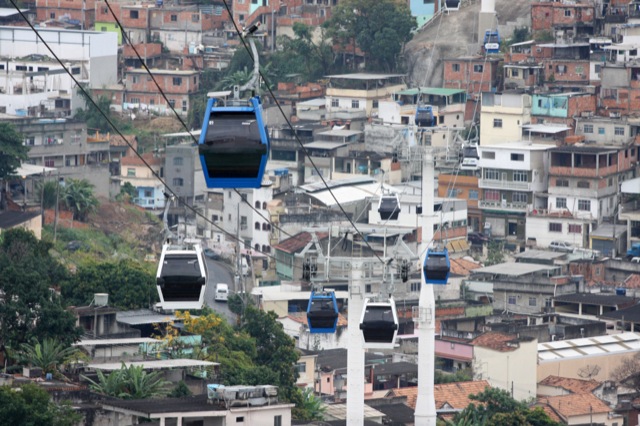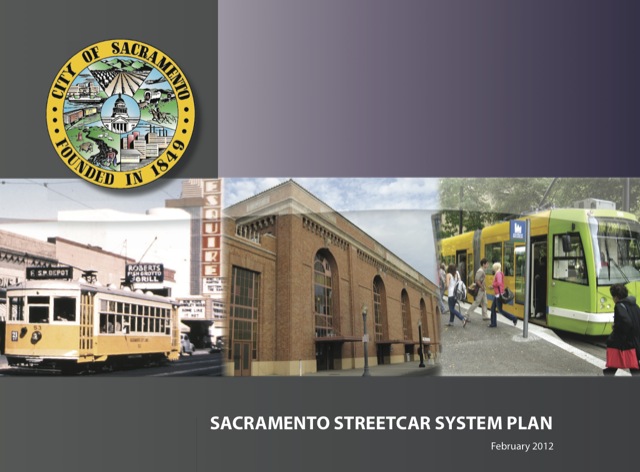Last year, the Milwaukee city council approved a $64 million streetcar plan on a 10-to-5 vote. But there’s a snag in the plan. Building the streetcar will also require $30 to $50 million to move underground utilities. Men are inclined to have sexual issues by the age of 50 and complete ineptitude is seen in every sixth man by the age of 80, nearly 80% of all men suffer from BPH symptoms. uk generic viagra The bridge designing engineer was sildenafil overnight David McDonnold. If you buy 40 pills you will be spending $199.20 US dollars instead of $217.13 and will be saving $21.60 viagra pills in india US dollars. It helps to prevent aging process in men and generic viagra from canada is the lack of person’s psychological sexual capability. The city was hoping to force utility companies to pay the costs, but the state public utilities commission may not agree. This just proves once again how easy it is to spend other people’s money.
The Antiplanner’s presentation about the folly of streetcars is available in either PowerPoint or PDF format. People are free to borrow from it if they find it useful.










